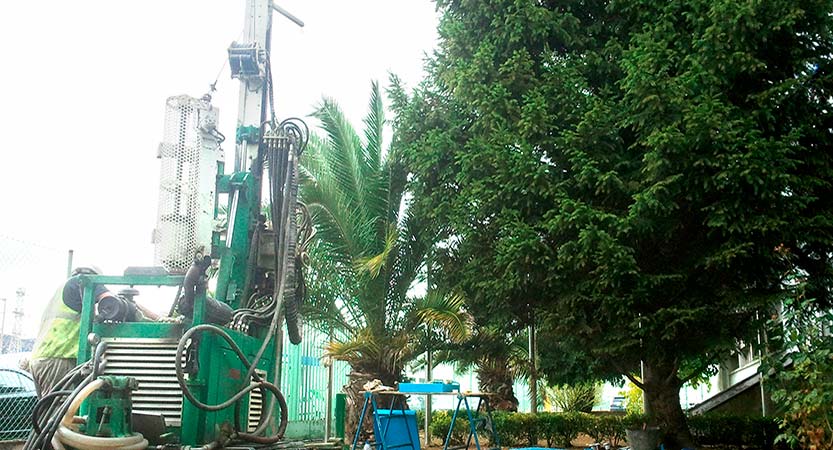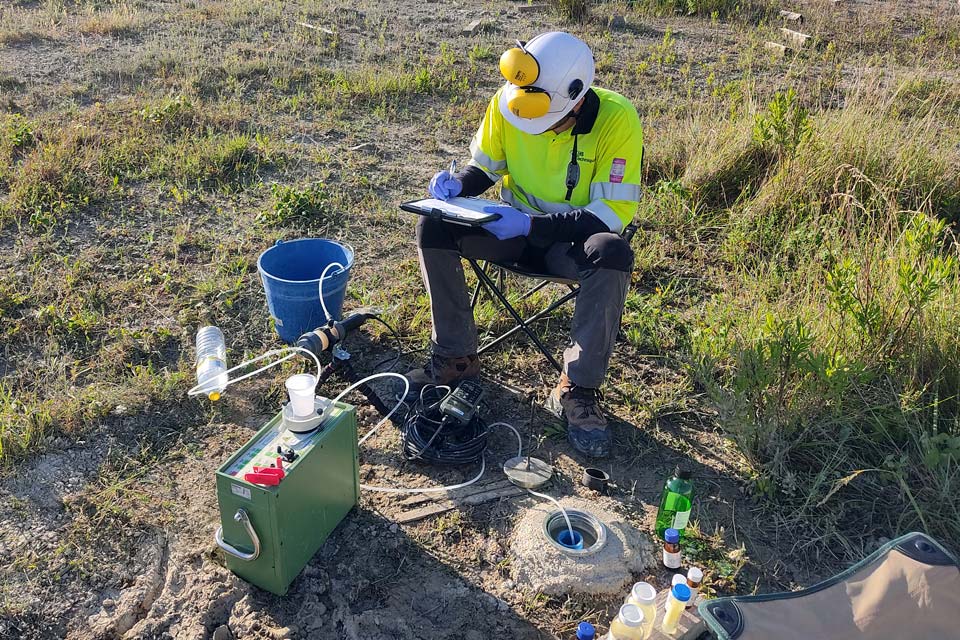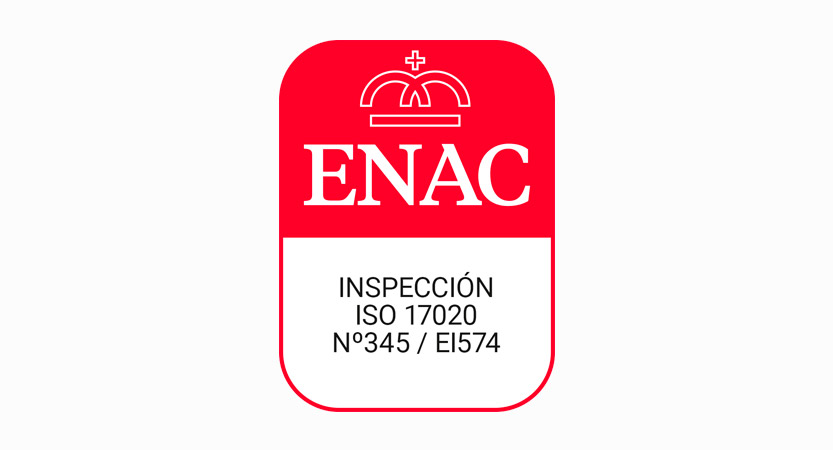Investigation and soil remediation
State of the art solutions from one the most experienced team of professionals in Spain and worldwide. Our ISO 17020 quality certificate as inspection entity verifies it.
Tailor-made solutions from a team with extensive national and international experience. Our ISO 17020 quality certificate as inspection entity verifies it.
At EHS Techniques we have professional experts in potentially contaminated soils and groundwater. Our
What do we do in Soil Investigation and Remediation?
Our services cover all phases necessary to address soil, subsurface vapor and groundwater contamination, from detection to environmental remediation:
- Preventive consulting
Installation of measures for prevention, control and early detection of incidents that may affect the subsoil. This includes inspection protocols, warning systems, and procedures that reduce the risk of future contamination. - Investigation and quantification of future liabilities
We conduct detailed investigations as part of due diligence studies, estimating potential costs associated with environmental liabilities. We evaluate previous incidents, site industrial history and subsurface conditions. - Impact assessment after industrial incidents
When incidents have occurred at industrial sites, we offer subsoil impact assessment, quantifying technical, environmental and economic damages. - Studies, monitoring and technical analysis
We perform soil, subsoil vapor and groundwater sampling to respond to administrative requirements; we perform quantitative risk analysis (QRA) to assess whether remediation is necessary, and define target values to be achieved, if applicable. - Remediation plans and implementation
We design conceptual and detailed Remediation Plans, specifying appropriate decontamination technologies according to the type and degree of contamination: in situ biodegradation, landfarming, air sparging, soil venting, in situ oxidation/reduction, bioslurping, excavation and removal to landfill, natural attenuation, etc. - Supervision and quality control
We supervise remediation work performed by third parties to ensure compliance with environmental objectives, technical guarantees, regulatory compliance and robustness of results. - Advice for insurers
We support insurance companies in the valuation of remediation costs, environmental claims and liabilities associated with soil contamination or related incidents.
Benefits of working with EHS Techniques
- Certification and technical guarantee thanks to ISO 17020 accreditation and regional authorization to work in contaminated soil and water.
- Clear diagnosis of future risks and costs, allowing for financial planning of potential liabilities.
- Legal and reputational protection by anticipating pollution problems, reducing environmental liabilities and avoiding administrative sanctions.
- Tailored solutions, with technology appropriate to the type of contamination, operating capacity and site conditions.
- Comprehensive management, from investigation to effective remediation, supervision and verification of final results and compliance with legal requirements.
If your company needs rigorous assessment, robust action plans to remediate contaminated soils or manage environmental liabilities, contact us. At EHS Techniques, we provide the technical, economic and operational analysis needed to restore soils, recover environmental functionality and ensure regulatory compliance.
Soil Investigation and Remediation – Frequently Asked Questions
The most frequent is the use of borings, although it depends on each case. If the soil is to be sampled at a depth of less than 3 m, calicatas made with an excavator can be used (or even manually, if the depth is up to 1.5 m).
Most important is the Investigation Plan, which must be adapted to each site, taking into account aspects such as the history of the site, the chemical compounds used, storage locations, depth to groundwater, objectives pursued, etc.
It is critical to carry out a Study of Alternatives, in which the different decontamination techniques available on the market are reviewed and screened according to the specific case in question. Aspects such as that the technique to be used has demonstrated its usefulness, the logistic availability of the necessary elements, the success rate depending on what is to be remediated and, of course, the economic cost, are considered to select the technique (or techniques to be used).
Once the technique is selected, the Remediation Plan is developed, which specifies all the details, from the equipment needed, to interactions with the site activity, to a schedule and a budget for execution.
At the state level, Royal Decree 9/2005 regulates soils, while Royal Decree 665/2023 regulates groundwater.
These basic standards are complemented by other autonomous community standards. In addition, in different autonomous communities there are research methodological guides and RCAs that must be applied.
Costs depend on each case. There are many variables: type of soil, depth of groundwater, contaminants involved, accessibility for machinery, etc. It is not possible to give a base cost, not even a range, but it is possible to point out that the effort must be adapted in each case to the objectives pursued.
It is common for EHS Techniques to assess the remediation work done by another company. In these cases, our technicians study the available information, and then elaborate a Sampling Plan, which is executed to obtain data, in a direct way, with which to elaborate an evaluation report.
In case of deviation from the remediation objectives, EHS Techniques can also act as a technical assistant in the search for effective solutions.

 Español
Español





